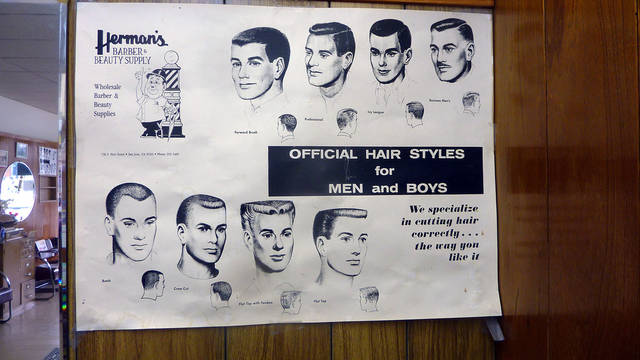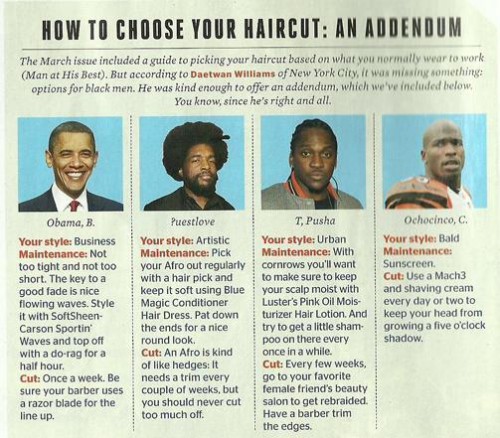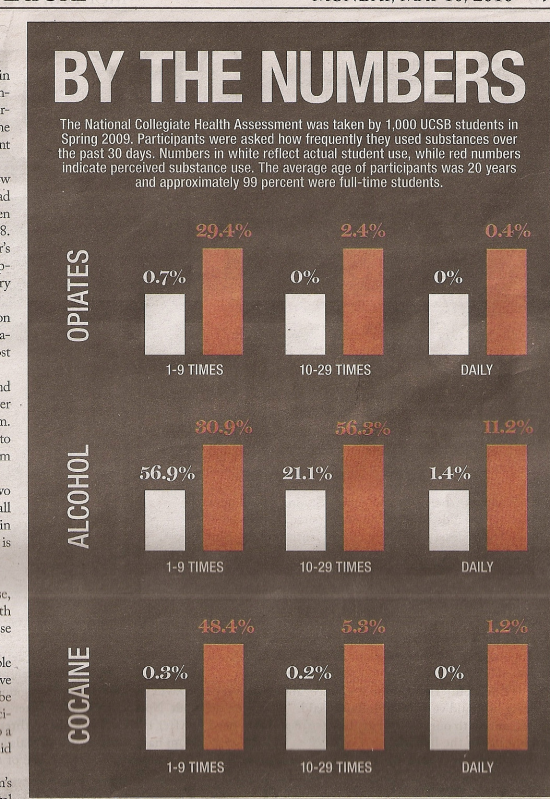JustReading sent along a screenshot of the “shop” tab at Etnies.com. It separates their products into “mens,” “girls,” and “kids” (the grammar mistake is theirs too).
So, yeah, men are men and women are girls. We’ve featured more examples of this phenomenon: a vintage ad for “girl” pens and “Beer Man” and “Beer Girl” Halloween costumes. Listen also to Bob Barker’s creepy girl talk.
Lisa Wade, PhD is an Associate Professor at Tulane University. She is the author of American Hookup, a book about college sexual culture; a textbook about gender; and a forthcoming introductory text: Terrible Magnificent Sociology. You can follow her on Twitter and Instagram.













